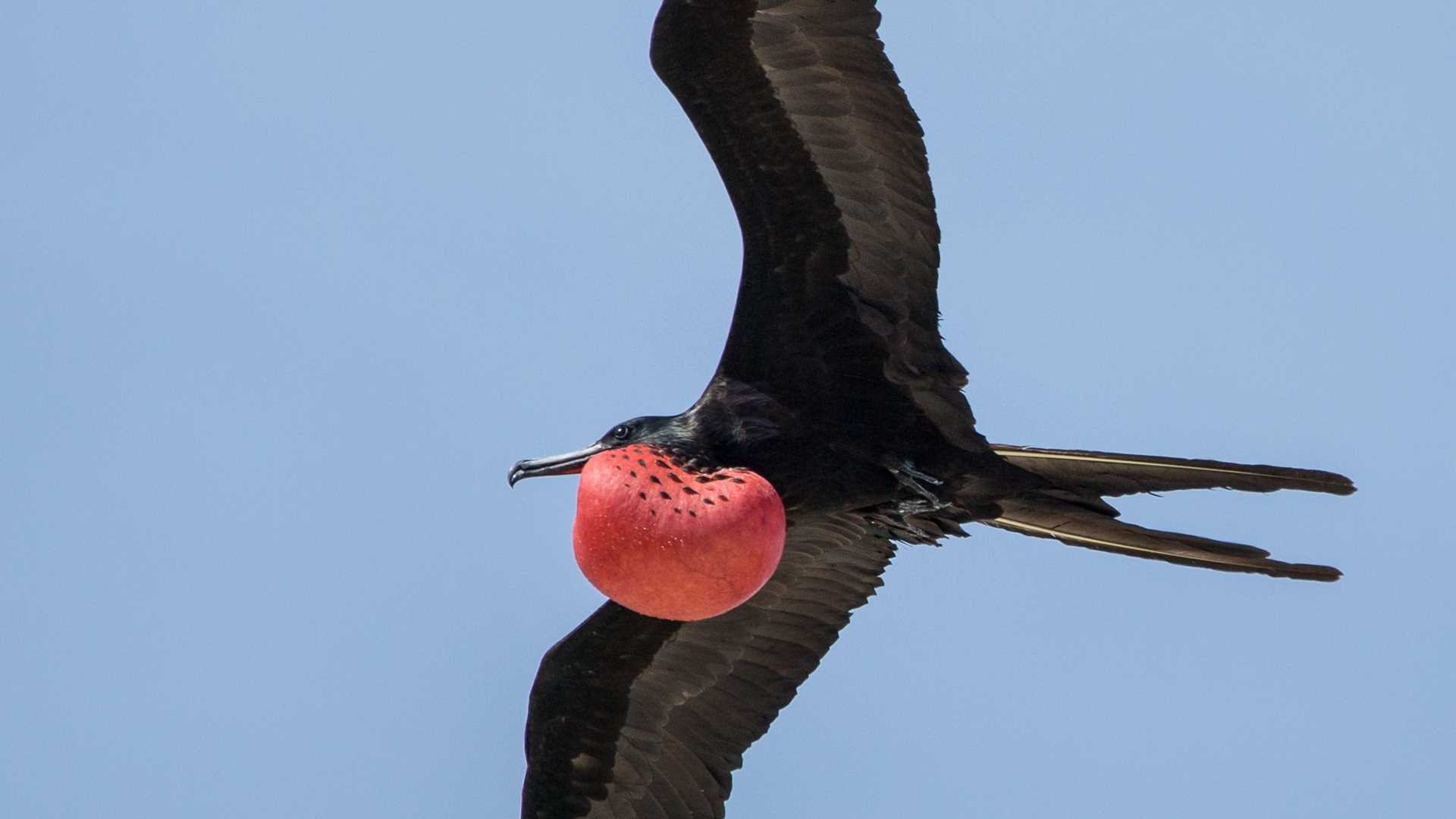Isla Iguana is not a common place to access—the tide conditions must be just right in order to stop. After concluding a successful transit through the Panama Canal, National Geographical Quest began its route toward the reserve, which we arrived at early this morning!
Isla Iguana has a rich geological history. It emerged as a volcano during the last glaciation 10,000 years ago. The island was once connected to the mainland, and because of that it still shows remnants of vegetation from the tropical dry forest found in Azuero Peninsula.
This destination is just as much a treasure off land as it is on. The surrounding coral reef is the oldest within the bay of Panama, with formations more than 3,000 years old. There are close to 14 species of colonial corals and more than 340 species of fish.
A steady current of northeast trade winds makes this this an ideal rookery for sea birds. Hundreds if not thousands of frigate birds nest here. Guests not only have a great time swimming in pristine turquoise waters and white-sand beaches, but they may also explore these nesting sites.
Iguana Island is no more than 100 acres, yet it is absolutely brimming with unique wildlife, and our guests often waste no time at all appreciating this fact.







